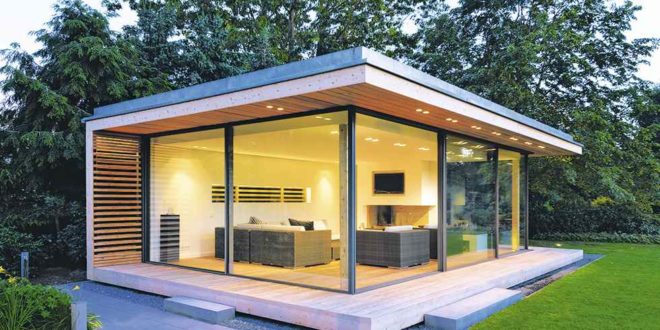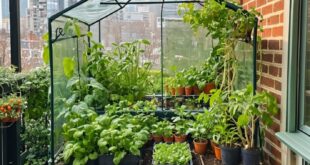A summer house is a great idea for creating a place to relax, work or even play. Many people find that a summer house is a more economical alternative to adding an extension to their home, especially if they already have the space available in their garden. You can choose between a bespoke or modular garden house in which there are various designs. Modular designs come in various sizes and styles to choose from, and our post on Gardeners Club details how they can range from under £1,000 to £10,000, depending on the model, materials, roofing and other fixtures you desire. You may also need to think about services you want to add such as plumbing and electricity if you plan on using it as an office, games room or studio. So where do you start?
Modular or Bespoke
First, decide based on your budget whether you’d like a DIY modular kit, available with limited customisation or a bespoke custom-built option that will be designed to fit your garden accurately and to your exact needs and specifications. Modular buildings come ready with pre-assembled walls and a roof, but they’re not as simple as building flat-pack furniture. Even with most of the elements pre-assembled, Real Homes explains that it’s still a job for an experienced DIYer with the right tools. While DIY kits are much more economical, a bespoke garden house can cost upwards of £800 per square metre.
Placement
Where you place your summer house will depend on the space available in your garden as well as accessibility. You should also consider placing it in a south-facing direction, as it will get the sun for most of the day. However, you will need to gauge this based on how the sun moves through your garden and when you plan to use your summer home. If you’re planning on linking it to existing utilities like electricity and water, the closer you place it to your main house the better as it will help reduce your connections costs.
Do I need planning permission?
Most summer houses are considered permitted developments, as outbuilding and building regulations do not apply in most cases as they are classed as a temporary structure. Homes & Property explains that anything up to four metres in height (with a dual pitched roof) that’s no more than 2.5 metres to the eaves, or 2.5 metres high with a flat roof, will not require you to get planning permission. Overall, it shouldn’t cover more than 50% of your home’s surrounding area.
Installing services
Depending on the size of your summer house you may want to consider adding plumbing and electricity to it. Just be prepared for the cost (expect around an additional £10,000 depending on the complexity of the work) and the groundwork that will need to be undertaken.
Consider fitting a small kitchen with a sink if you plan to use the building all day as an office, or outdoor dining area, for example. Ideal Home explains that adding sinks, will require a freshwater pipe running from your main house to the summer house, as well as a separate drainage pipe running out.
Plumbing is a very important part of the structure and requires the right planning and design – it’s certainly not an area to take shortcuts on. This is why it’s best to make sure that all the plumbing is done by a professional, as the pipes will be exposed to the weather. HomeServe notes in their guide to plumbing and drainage covers that burst pipes can happen at the most unexpected times. If you have done the plumbing yourself the chances of this happening increase and could be very costly to repair.
The same principle applies for any electrical installation, as here safety is paramount. Like plumbing pipes, electrical cables run underground and it’s recommended that they run through a conduit pipe, which will protect them from the elements and the soil, and allow you to add more in the future. If you’d like to get a bit of a workout and dig the trench yourself you could save on excavating costs, however, it’s best to hire accredited contractors to do the entire job as they are self-certifying and will probably end up saving you in the long-term.
 Gardeners Club The Gardeners Club is a free to join online club for everyone with an interest in gardening and gardens.
Gardeners Club The Gardeners Club is a free to join online club for everyone with an interest in gardening and gardens.






